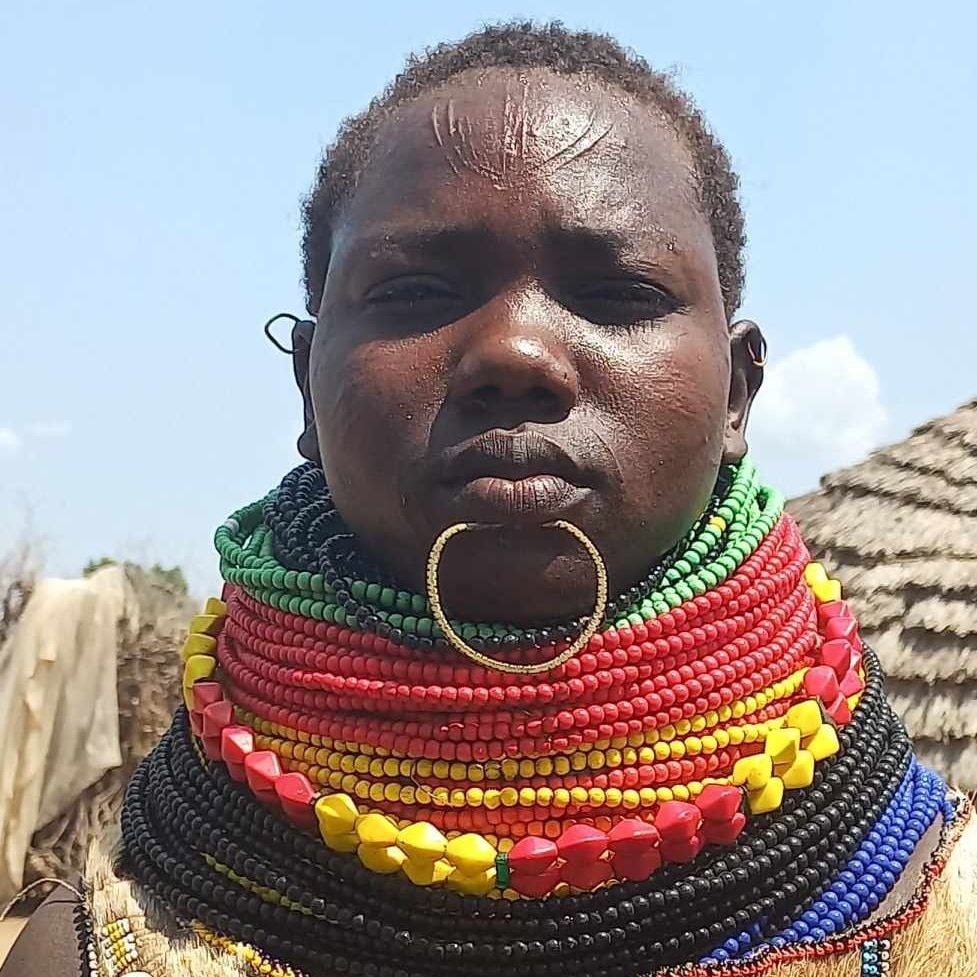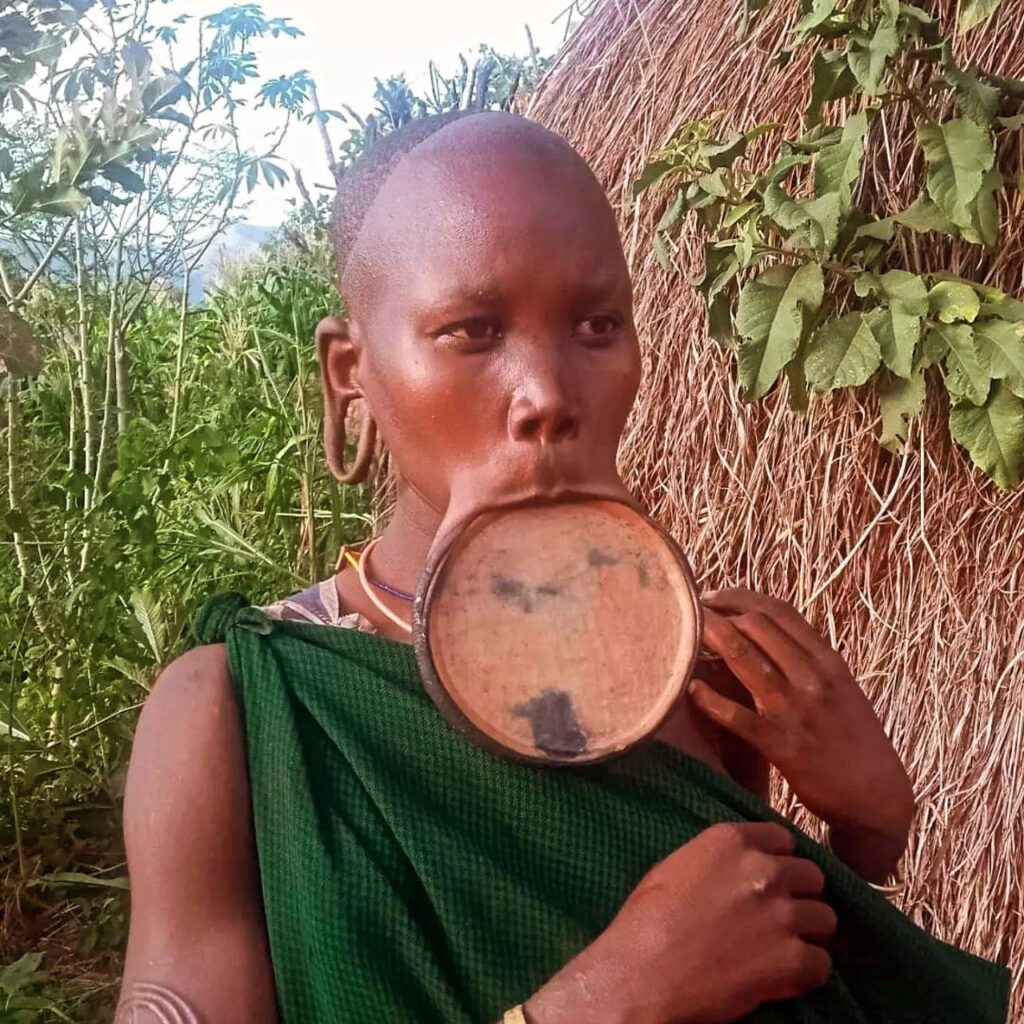Ethiopia, a land of ancient history, diverse cultures, and breathtaking landscapes, offers an array of experiences for travelers. However, planning the perfect trip to Ethiopia involves considering the best time to visit, as the climate can significantly affect your journey. Here are some tips to help you make the most of your Ethiopian adventure.
Seasons in Ethiopia
Ethiopia’s climate is diverse due to its varying altitudes and geographical regions. Generally, it can be categorized into three main seasons:
- Dry Season (October to February)
- Short Rainy Season (March to May)
- Long Rainy Season (June to September)
Dry Season (October to February)
The dry season is considered the best time to visit Ethiopia. During these months, the weather is pleasant, with warm days and cool nights, making it ideal for exploring the country’s many attractions.
- October to November: These months mark the end of the rainy season, leaving the landscape lush and green. This is an excellent time for trekking in the Simien Mountains and exploring the historic sites of Lalibela, Axum, and Gondar.
- December to February: These months are particularly favorable for visiting the Danakil Depression, one of the hottest places on Earth. The lower temperatures make it more bearable to explore this unique geological wonder. Additionally, the Timkat Festival, celebrated in January, is a vibrant cultural experience not to be missed.
Short Rainy Season (March to May)
The short rainy season brings intermittent showers, but it is still a viable time to visit Ethiopia. The rains are usually not heavy enough to disrupt travel plans significantly, and the landscapes remain beautiful and green.
- March to April: These months are perfect for birdwatching, especially in the Rift Valley lakes and the Bale Mountains. The Hamer and Mursi tribes in the Omo Valley also conduct their traditional ceremonies, offering a glimpse into their rich cultural heritage.
- May: As the rains start to taper off, it’s a good time to visit the Bale Mountains National Park for its unique wildlife, including the Ethiopian wolf and the mountain nyala.
Long Rainy Season (June to September)
The long rainy season is not the most popular time for tourists, as heavy rains can make travel challenging. However, if you are prepared for the weather, there are still rewarding experiences to be had.
- June to August: While the rains are at their peak, the Ethiopian highlands, such as the Simien Mountains and the Bale Mountains, offer stunningly lush landscapes. This period is ideal for those seeking solitude and a more authentic experience away from the usual tourist crowds.
- September: As the rains start to recede, Ethiopia celebrates Meskel, the Finding of the True Cross, with vibrant processions and festivities. It’s a wonderful cultural experience and marks the beginning of the dry season.
Tips for Travelers
- Plan Ahead: Book accommodations and tours well in advance, especially if traveling during the dry season, as it is the peak tourist period.
- Pack Accordingly: Depending on the season, pack appropriate clothing. Lightweight, breathable fabrics are ideal for the dry season, while waterproof gear is essential for the rainy months.
- Stay Hydrated: Ethiopia’s high altitudes can cause dehydration, so drink plenty of water, particularly when trekking or exploring outdoor attractions.
- Respect Local Customs: Ethiopia has a rich cultural heritage with many traditional customs. Dress modestly, especially when visiting religious sites, and be mindful of local etiquette.
- Health Precautions: Ensure you have necessary vaccinations and take precautions against malaria, particularly if traveling to lower altitude areas such as the Omo Valley and the Rift Valley.
By considering the seasonal variations and planning accordingly, you can ensure a memorable and enriching experience in Ethiopia, a land of wonders waiting to be explored.









